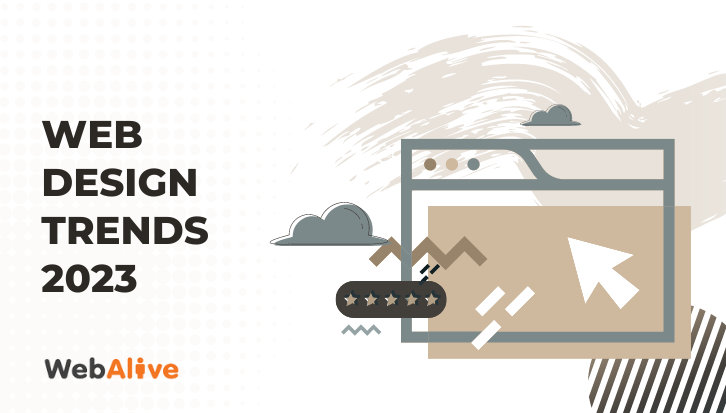Case Journeys
Exploring intriguing stories and insights from around the world.
Web Design Trends That Will Leave You Wondering What Year It Is
Discover the bizarre web design trends that will make you question what year it is. Get ready to be amazed and inspired!
The Retro Revival: Why 90s Web Design is Making a Comeback
The internet is experiencing a surprising trend known as The Retro Revival. As we move further into the 21st century, web designers are increasingly embracing the vibrant aesthetics of 90s web design. This decade gave birth to some of the most iconic online visuals characterized by bold colors, quirky animations, and a sense of nostalgia that resonates deeply with a generation that grew up during that time. Many are revisiting vintage web elements such as pixelated graphics, animated GIFs, and layouts reminiscent of early personal websites, often celebrating the candid and unpolished style that defined the early days of the internet.
This revival is not merely a nostalgic whim; it symbolizes a desire for authenticity in an era saturated with minimalism and sleek designs. Many users find the 90s web design aesthetic refreshing in its contrast to the overly curated modern web. It champions individuality and creativity, inviting designers to experiment and break free from the constraints of contemporary trends. From bright neon colors to user-friendly navigations, the elements of the past are reemerging, becoming an essential part of a broader aesthetic movement that values the charm and personality of simpler times.

Futuristic Aesthetics: Are We Ready for Holographic Websites?
The concept of futuristic aesthetics has long captivated designers and technologists alike, and with the rise of holographic technology, we are on the brink of experiencing a transformative shift in how we interact with websites. Holographic websites promise to break away from the traditional 2D interfaces that dominate our current digital landscape, allowing for a more immersive and engaging user experience. Imagine websites that are not only visually stunning but also provide a spatial interaction that mirrors real-life experiences. As technology continues to advance, the question remains: Are we ready for holographic websites?
Adopting holographic websites poses both exciting opportunities and significant challenges. On one hand, they offer an unparalleled level of interactivity, enabling users to explore content in a 3D format, enhancing their understanding and retention of information. However, the implications for design standards, user accessibility, and the overall online experience must be carefully considered. As we stand at the threshold of this technological revolution, it’s essential to engage in discussions around usability, aesthetic appeal, and the futuristic aesthetics that will define the next generation of web design.
Minimalism vs. Maximalism: Which Design Trend Will Dominate 2024?
The clash between minimalism and maximalism is set to shape the design landscape of 2024, as both styles offer unique philosophies and aesthetics. Minimalism, characterized by its focus on simplicity, clean lines, and functionality, appeals to those seeking tranquility and a clutter-free environment. In contrast, maximalism embraces bold patterns, vibrant colors, and an eclectic mix of textures, allowing for personal expression and creativity to run wild. As design enthusiasts continuously search for balance in their living spaces, the question remains: will the allure of minimalism prevail, or will the richness of maximalism capture the spotlight in the upcoming year?
Predictions for 2024 suggest that a hybrid approach may emerge, merging elements from both styles to create dynamic yet harmonious spaces. Designers are increasingly experimenting with maximalism elements within minimalist frameworks, allowing for the incorporation of personalized statement pieces without overwhelming the overall aesthetic. Additionally, sustainability and functionality are becoming integral to design choices, making minimalism's practical approach resonate stronger in an eco-conscious market. Ultimately, the design trend that dominates will likely reflect society's evolving values and preferences, inviting individuals to contribute to a narrative where both minimalism and maximalism can coexist.